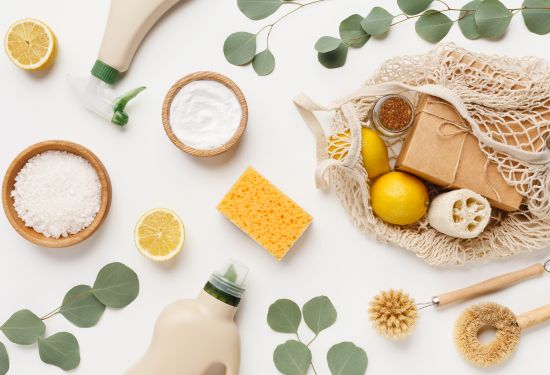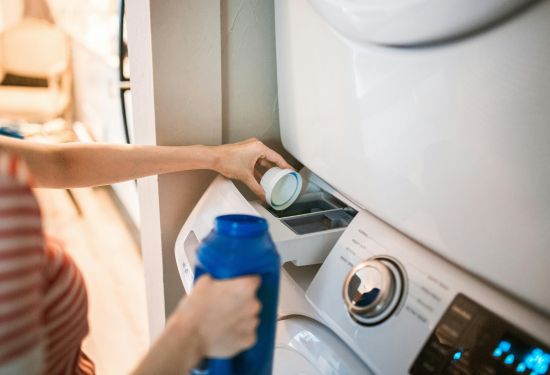Is Peanut Butter Safe for Cats: 7 Truths About Peanut Butter & Cats
As we all know, cats happen to be nosey, and there is nothing that could interest them more than something new on your spoon. If your feline has ever tried to dip a paw into your peanut butter jar, you’re not alone. This is the million-dollar question facing many cat owners in the U.S.: Is peanut butter safe for cats? The answer isn’t black and white, and that’s exactly why you’re here. Peanut butter is a pantry staple in many American households, but does that mean it’s okay to share with our whiskered companions? Get ready because today we are getting deep into the seven eye-opening truths about cats and peanut butter. We will dispel all the myths and make it clear and cat-friendly for you. Truth #1: A Tiny Taste Won’t Harm Most Cats—But It’s Not Ideal We may begin with fundamentals. Can I give my cat peanut butter? Technically, it was, yes, though with huge caveats. Most healthy adult cats are not likely to sustain any injury, even by a little lick now and then. But here’s the catch: peanut butter offers zero nutritional benefit to felines. Cats are strict carnivores, and their bodies are designed to obtain the same nutrients based on meat, not legumes and sugar. Although peanut butter does not appear dangerous, it contains a lot of fat and sugar, and can cause digestive upsets, even in case of small portions. Truth #2: Xylitol Is a Deadly Danger for Cats Is peanut butter toxic to cats? Plain peanut butter isn’t always bad, but not all peanut butters are made equal. Many American varieties contain xylitol, a sugar substitute that is extremely toxic to dogs (and, of course, cats). Is peanut butter poisonous to cats, then? Not in its natural content, but xylitol-laced peanut butter can just do it. Just ingesting a very small quantity can result in a life-threatening decline in blood sugar level and liver failure. Pet Parent Tip: The ingredient label on any food must be read first before giving a taste to a cat. Avoid using any artificial sweetener products. Truth #3: Peanut Butter Poses a Risk of Choking. The sticky, thick viscosity of peanut butter isn’t only untidy; it can also cause cats to choke. Cats are not inclined to gulp their food as dogs do, but chew and lick. Peanut-butter-like substances can stick to their throat and can cause coughing and irritation. So, if you’re thinking, is peanut butter safe for cats in terms of texture? The answer: no, worse when chopped up or broken up into lumps. Truth #4: Peanut Butter Might Trigger Allergies or Intolerances As with people, are cats allergic to peanut butter or any other ingredients that they may not know? Yes, they can. Once you or your cat feels an itch, throws up, has diarrhoea, or changes its behaviour after licking peanut butter, perhaps it is under an allergic attack. There is also an increase in nut allergies in pets, even though it is not widespread, it is prevalent in households in populated areas in the United States, where servers often sell processed pet treats. Warning Sign to Lookout: too much scratching, red skin, or wheezing after consuming peanut butter? That is your signal to ring the vet. Truth #5: Cats and Peanut Butter—A Relationship Based on Curiosity, Not Nutrition Let’s get one thing straight: peanut butter for cats is not a health food. As opposed to dogs, who would obviously enjoy a lick of peanut butter during or after training, especially when taking a pill, there are no actual benefits to cats regarding the same. Actually, feeding your cat peanut butter may lead to weight gain, stomach disorders, or even pancreatitis due to a lot of fat in the body. The question that arises, though, is peanut butter safe for cats? It is a big no nutritionally. Rather, choose cat food specially made treats designed to be digestible in their digestive system and diet. You will be doing a much better favor to your cat. Truth #6: The Real Risk Is in Overuse and Misunderstanding The blog post’s main point is to address a common misconception raised in every pet owner: something isn’t always beneficial just because it isn’t poisonous. So, is peanut butter safe for cats if given once a month? Possibly. Is it safe daily? Definitely not. Repeated exposure can increase risks of: And remember, just because your cat seems to like it, doesn’t mean it likes them back! Truth #7: Alternatives Exist—So Why Risk It? The great news is? In case you want to conceal pills or treat your cat, then cat-safe options can be found in the U.S. market. Think: Not only do these options taste better to your cat, but they are also much more compatible with the feline digestive system and nutrition. The next time your kitty is staring at you with that (pretty please) look, then the peanut butter we had better not use, and why not have something a bit safer at hand. Final Verdict: Is Peanut Butter Safe for Cats? Let’s finally address the question: In a minute, infinitesimal quantities No xylitol, additives It is not advisable to take as a daily treat If you’ve ever caught yourself wondering, “Is peanut butter safe for cats?” or “Can I give my cat peanut butter without worry?”—this guide should give you the clarity you need. Peanut butter may be comfort food to some Americans when they are young, but your cat is not going to like this snack. The risk to health is so very detrimental to short-lived taste bud pleasure. FAQs About Cats and Peanut Butter Q1: Can I give my cat peanut butter to hide a pill?A: Only if it’s xylitol-free and in a small amount. Better still- give a go to the pill pockets (specially designed cat-friendly varieties). Q2: Does peanut butter kill cats?A: From the standpoint of xylitol in peanut butter or too much salt in the food, indirectly, it might lead





